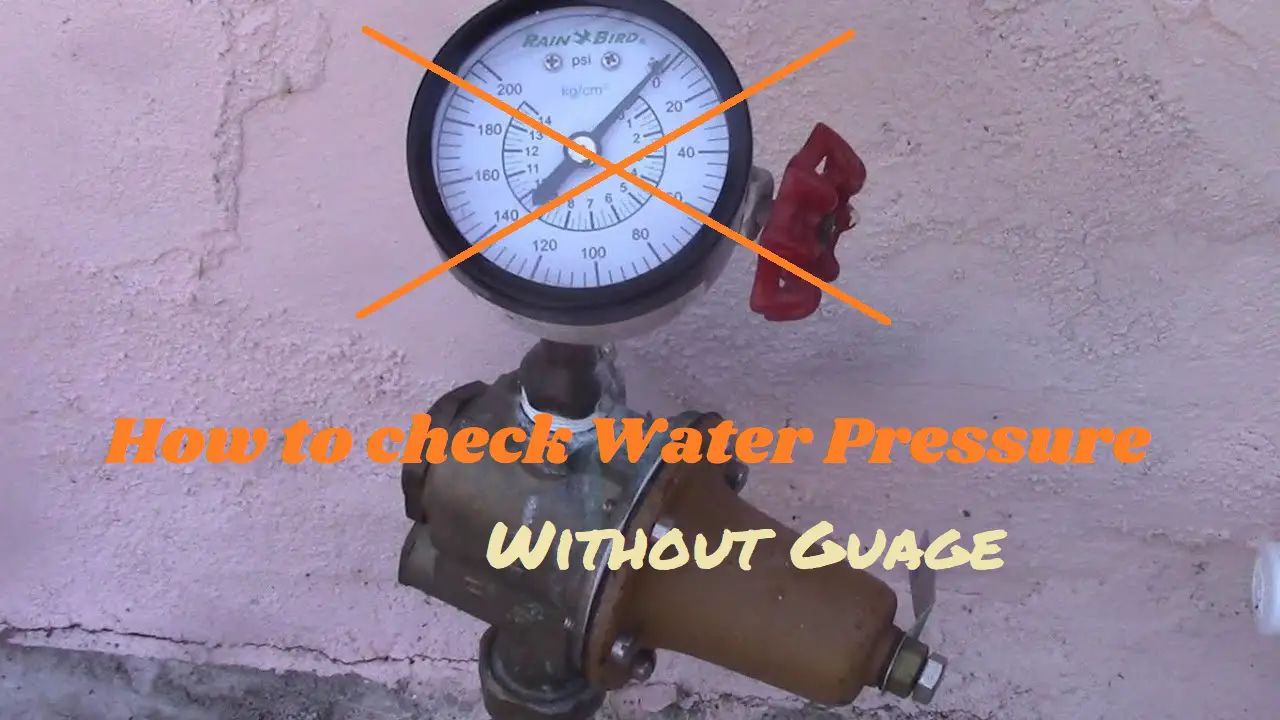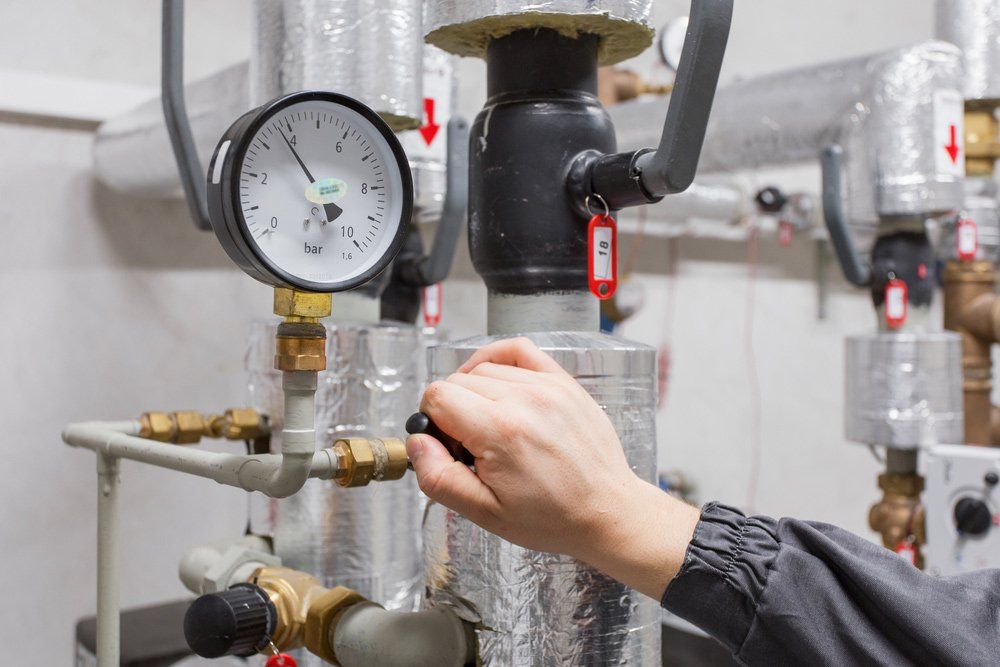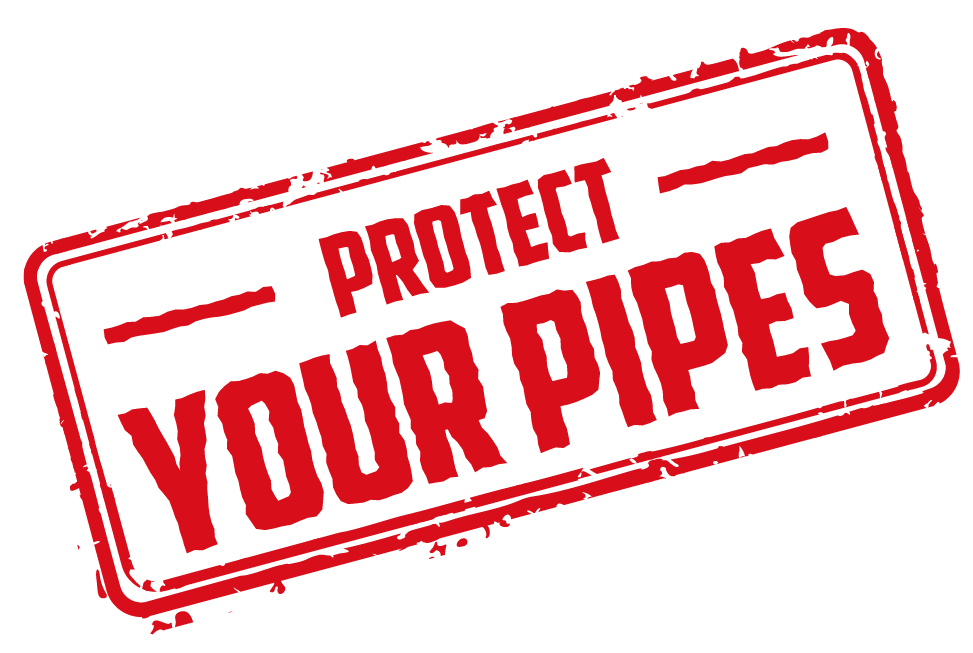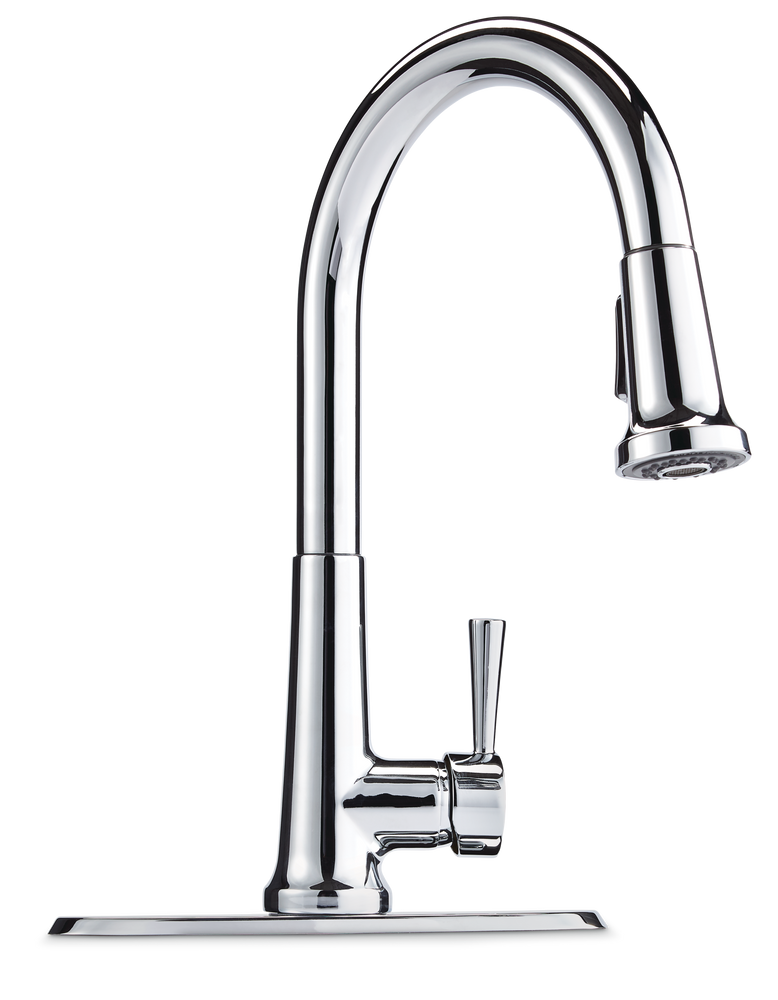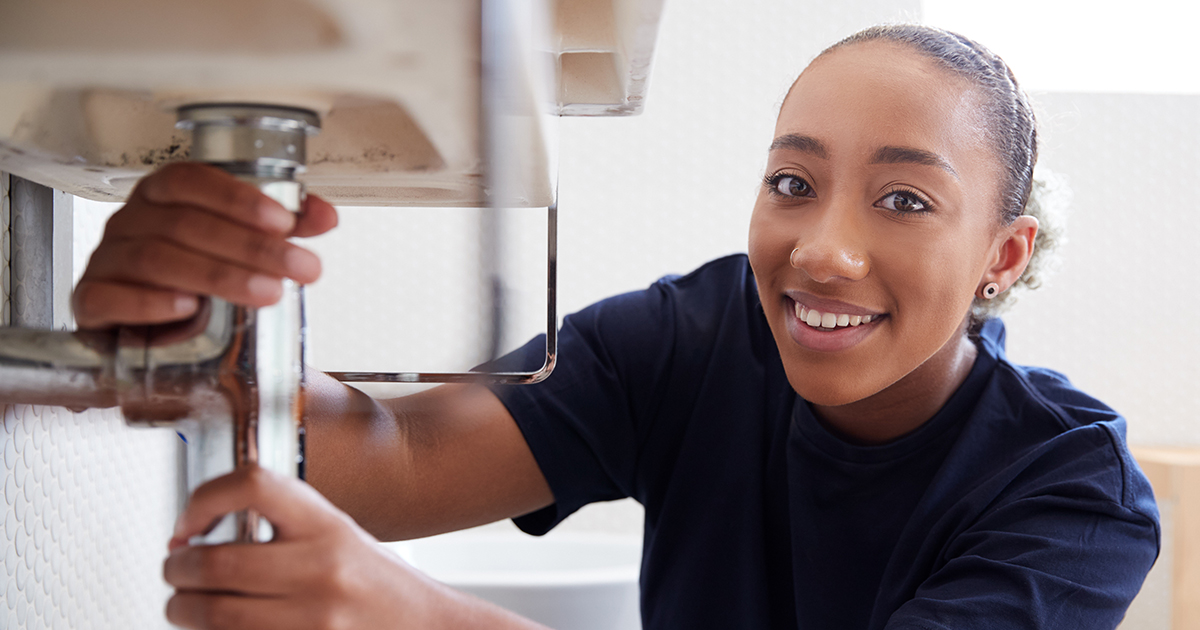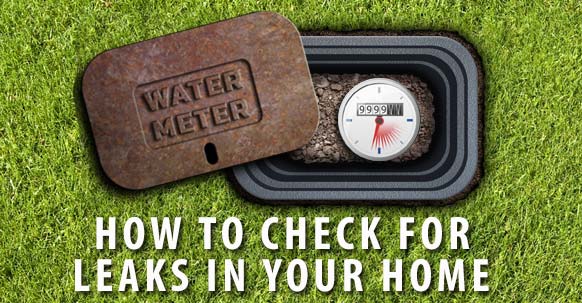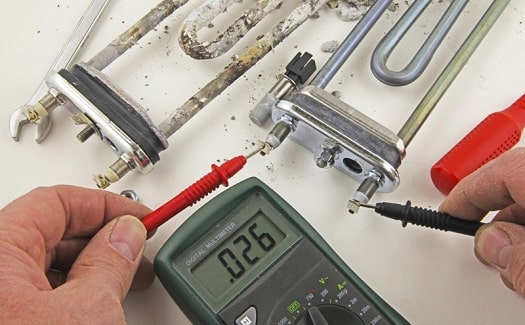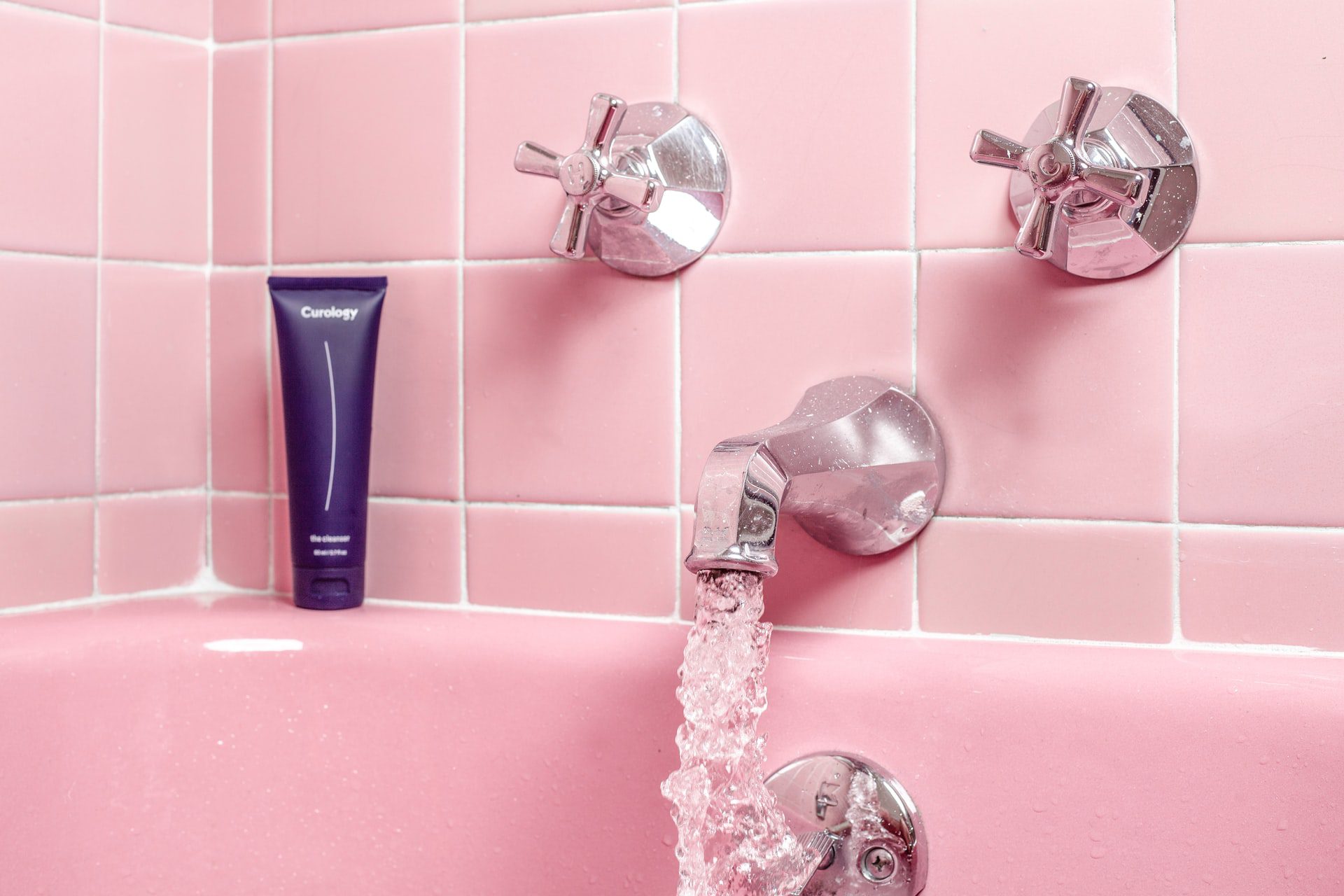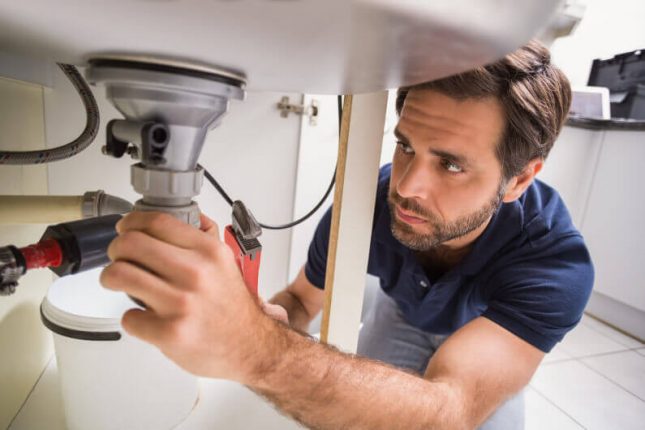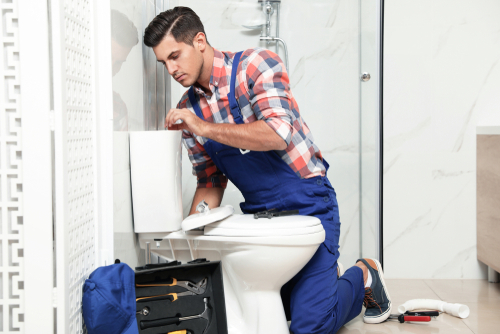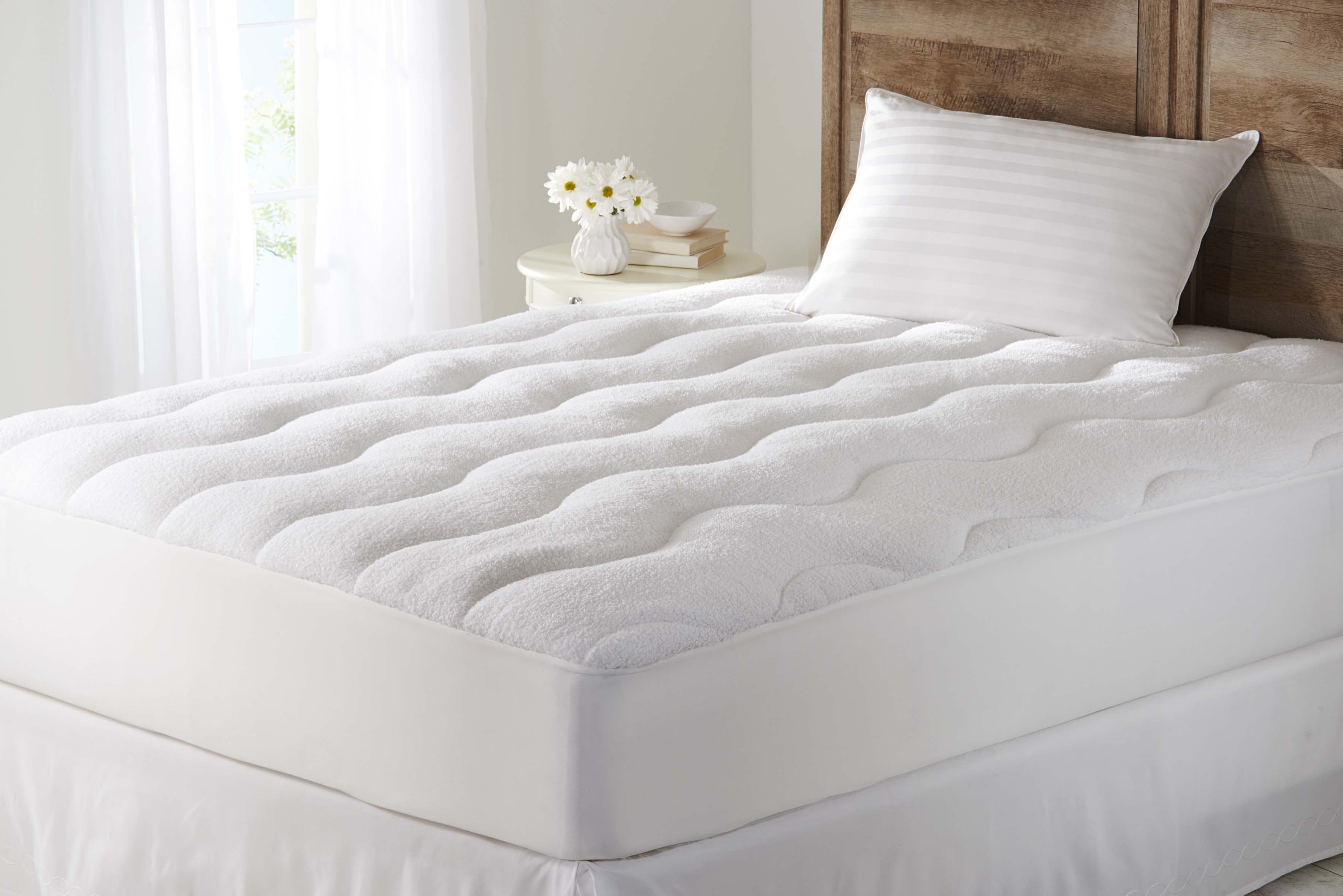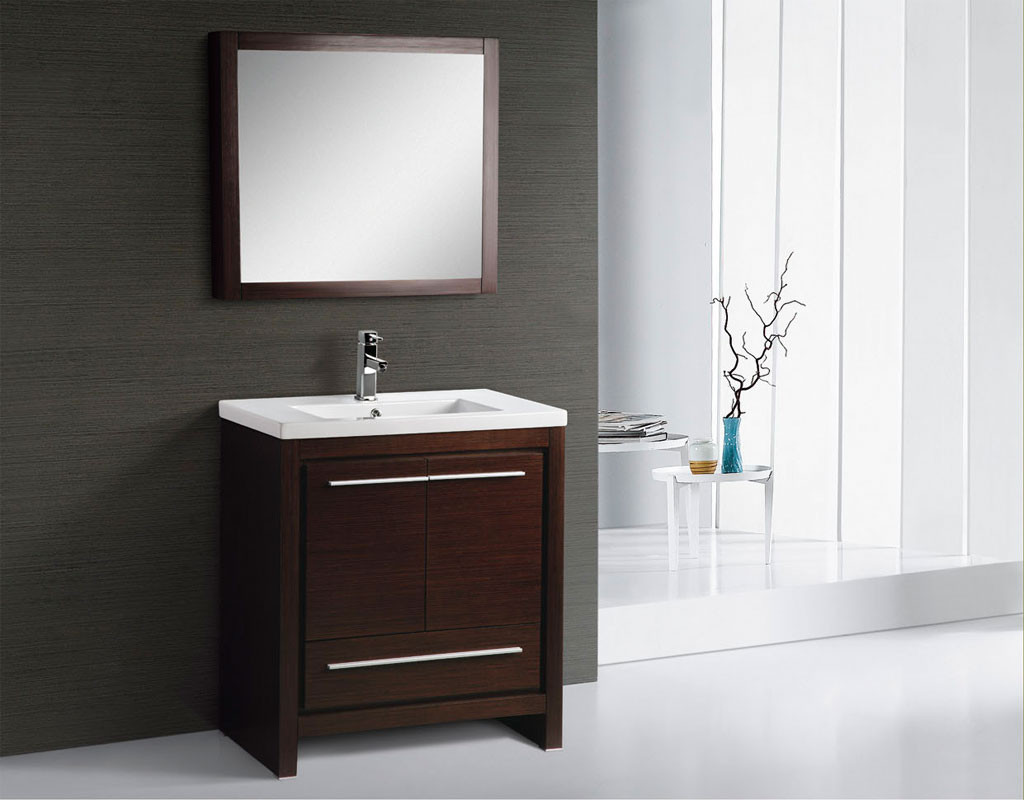If you're experiencing low water pressure in your kitchen sink faucet, the first thing you should do is check the aerator. This small mesh screen is located at the end of the faucet and can often become clogged with mineral deposits or debris, causing a decrease in water flow. Simply unscrew the aerator and clean it out with a toothbrush or soak it in a solution of vinegar and water to remove any buildup.1. Check the aerator
If cleaning the aerator doesn't solve the low pressure issue, it may be necessary to replace it altogether. Over time, the mesh screen can become damaged or corroded, leading to a decrease in water flow. You can purchase a new aerator at your local hardware store and easily install it yourself by screwing it onto the end of the faucet.2. Clean the aerator
If the aerator is not the cause of the low pressure, the next step is to check the water supply valve. This valve controls the flow of water into your home and can sometimes become partially closed, resulting in low water pressure. Make sure the valve is fully open and try turning it off and on a few times to see if that helps to improve the water pressure.3. Check the water supply valve
If the water supply valve is not the issue, the next thing to check is the water pressure in your home. You can do this by purchasing a water pressure gauge from a hardware store and attaching it to an outdoor spigot. The ideal water pressure for a home is between 45-55 psi. If the reading is lower than this, you may need to adjust your water pressure regulator or call a plumber for assistance.4. Check the water pressure
If the water pressure is normal in other areas of your home, the low pressure may be specific to your kitchen sink faucet. In this case, it's important to check for any clogs or blockages in the faucet itself. Remove the faucet head and clean out any debris that may be causing the low pressure. You can also use a small brush or toothpick to dislodge any buildup that may be obstructing the flow of water.5. Check for clogs in the faucet
If the low pressure is not specific to the kitchen sink faucet, it's possible that there is a clog in the pipes leading to the faucet. This can be caused by a buildup of mineral deposits, debris, or even a small object accidentally falling into the drain. You may need to use a plumbing snake or call a professional plumber to remove the clog and restore proper water flow.6. Check for clogs in the pipes
If none of the above solutions have solved the low pressure issue, it may be necessary to replace the faucet cartridge. Over time, the cartridge can become worn or damaged, resulting in decreased water flow. You can purchase a replacement cartridge at your local hardware store and easily install it yourself by following the manufacturer's instructions.7. Replace the faucet cartridge
Another possible cause of low pressure in your kitchen sink faucet is a leak somewhere in the plumbing system. Even a small leak can significantly decrease water pressure. Check for any visible leaks under the sink or in the pipes leading to the faucet. If you can't find a leak, it may be necessary to call a plumber to locate and repair the issue.8. Check for leaks
In some cases, the water heater may be the culprit behind low pressure in your kitchen sink faucet. If the water heater is not functioning properly, it may not be able to provide enough hot water to the faucet, resulting in low pressure. Check the temperature and pressure settings on your water heater and make sure it is functioning correctly. If not, you may need to call a professional to repair or replace it.9. Check the water heater
If none of the above solutions have solved the low pressure issue, it's time to call in a professional plumber. They will be able to diagnose the problem and provide a solution that will restore proper water flow to your kitchen sink faucet. Don't hesitate to call a plumber if you're unable to fix the issue yourself, as prolonged low pressure can cause further damage to your plumbing system.10. Call a plumber
Why is There Low Pressure in Your Kitchen Sink Faucet?

Understanding the Possible Causes and Solutions
 If you're experiencing low pressure in your kitchen sink faucet, it can be extremely frustrating and inconvenient. Not only does it make washing dishes and filling pots take longer, but it can also be a sign of underlying issues with your plumbing system. In this article, we will discuss the main keyword "low pressure in kitchen sink faucet" and explore the possible causes and solutions for this common household problem.
Causes of Low Pressure in Your Kitchen Sink Faucet
There are several reasons why you may be experiencing low pressure in your kitchen sink faucet. One of the most common causes is a clogged aerator. This small device is located at the tip of your faucet and is responsible for maintaining a steady flow of water. Over time, mineral deposits, debris, and sediment can build up in the aerator and restrict the flow of water.
Another possible cause of low pressure could be a faulty or damaged faucet cartridge. This component controls the flow of hot and cold water and if it becomes worn out or damaged, it can affect the pressure of your water.
Solutions for Low Pressure in Your Kitchen Sink Faucet
The first step in addressing low pressure in your kitchen sink faucet is to check the aerator. If it is clogged, simply unscrew it and clean it with a mixture of white vinegar and water. This will help to dissolve any mineral deposits and restore the flow of water.
If the aerator is not the issue, then it may be time to replace the faucet cartridge. This can be a more complicated and technical process, so it's best to consult a professional plumber for assistance.
Preventative Measures for Maintaining Good Water Pressure
To avoid low pressure in your kitchen sink faucet in the future, there are a few preventative measures you can take. Regularly cleaning your aerator and faucet cartridge can help to prevent build-up and maintain proper water pressure. Additionally, installing a water softener can help to reduce mineral build-up in your pipes and fixtures.
In conclusion, low pressure in your kitchen sink faucet can be caused by various factors, but the most common culprits are a clogged aerator and a faulty faucet cartridge. By understanding the causes and taking preventative measures, you can ensure that your water pressure remains strong and steady. If you are unable to resolve the issue on your own, it is always best to seek the help of a professional plumber to ensure the problem is properly addressed.
If you're experiencing low pressure in your kitchen sink faucet, it can be extremely frustrating and inconvenient. Not only does it make washing dishes and filling pots take longer, but it can also be a sign of underlying issues with your plumbing system. In this article, we will discuss the main keyword "low pressure in kitchen sink faucet" and explore the possible causes and solutions for this common household problem.
Causes of Low Pressure in Your Kitchen Sink Faucet
There are several reasons why you may be experiencing low pressure in your kitchen sink faucet. One of the most common causes is a clogged aerator. This small device is located at the tip of your faucet and is responsible for maintaining a steady flow of water. Over time, mineral deposits, debris, and sediment can build up in the aerator and restrict the flow of water.
Another possible cause of low pressure could be a faulty or damaged faucet cartridge. This component controls the flow of hot and cold water and if it becomes worn out or damaged, it can affect the pressure of your water.
Solutions for Low Pressure in Your Kitchen Sink Faucet
The first step in addressing low pressure in your kitchen sink faucet is to check the aerator. If it is clogged, simply unscrew it and clean it with a mixture of white vinegar and water. This will help to dissolve any mineral deposits and restore the flow of water.
If the aerator is not the issue, then it may be time to replace the faucet cartridge. This can be a more complicated and technical process, so it's best to consult a professional plumber for assistance.
Preventative Measures for Maintaining Good Water Pressure
To avoid low pressure in your kitchen sink faucet in the future, there are a few preventative measures you can take. Regularly cleaning your aerator and faucet cartridge can help to prevent build-up and maintain proper water pressure. Additionally, installing a water softener can help to reduce mineral build-up in your pipes and fixtures.
In conclusion, low pressure in your kitchen sink faucet can be caused by various factors, but the most common culprits are a clogged aerator and a faulty faucet cartridge. By understanding the causes and taking preventative measures, you can ensure that your water pressure remains strong and steady. If you are unable to resolve the issue on your own, it is always best to seek the help of a professional plumber to ensure the problem is properly addressed.


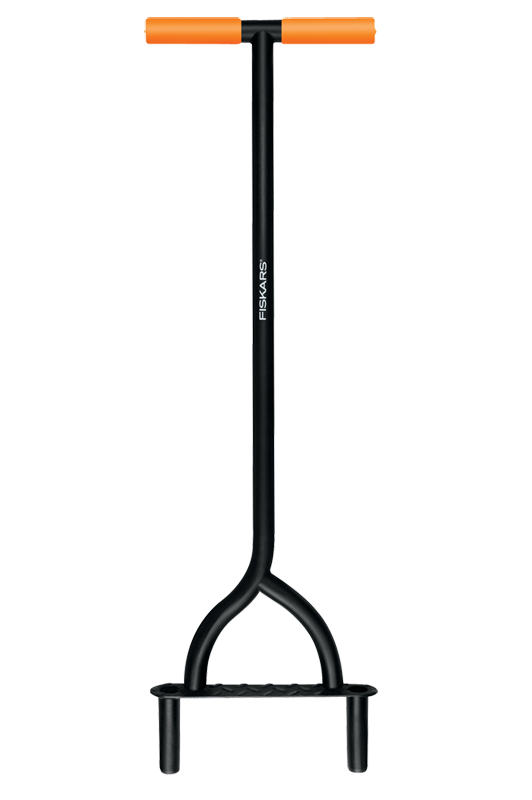



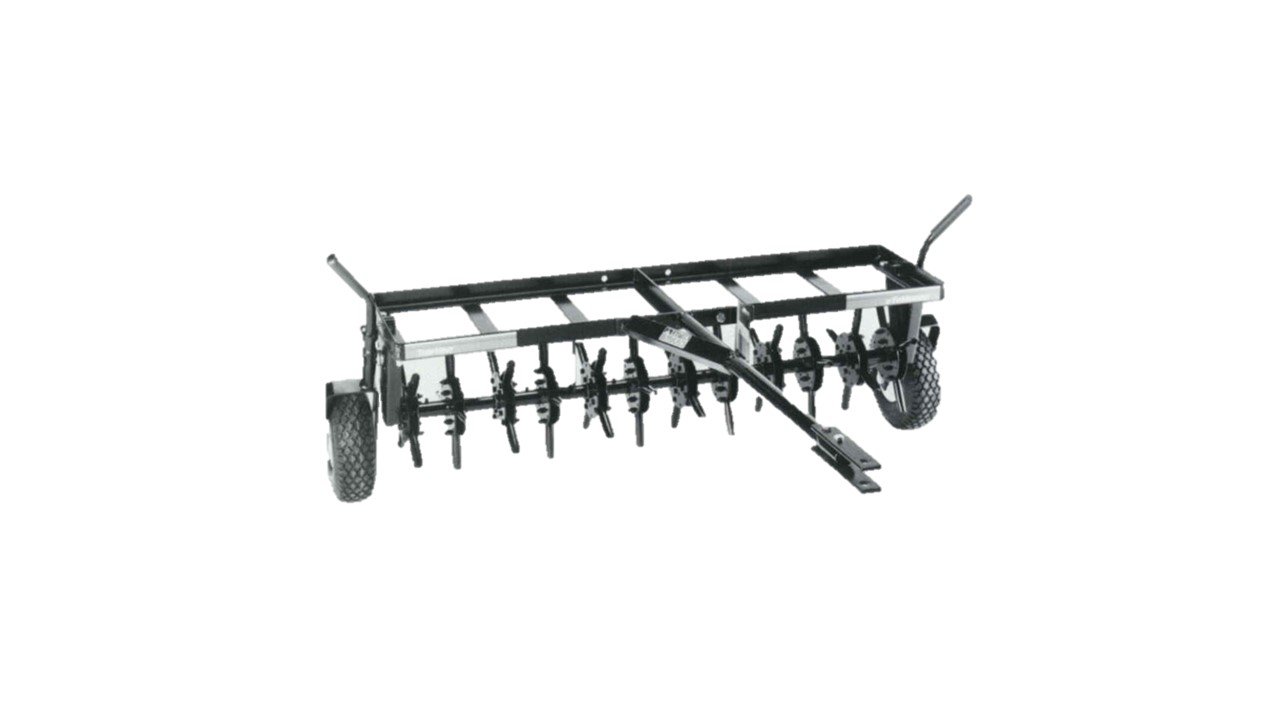

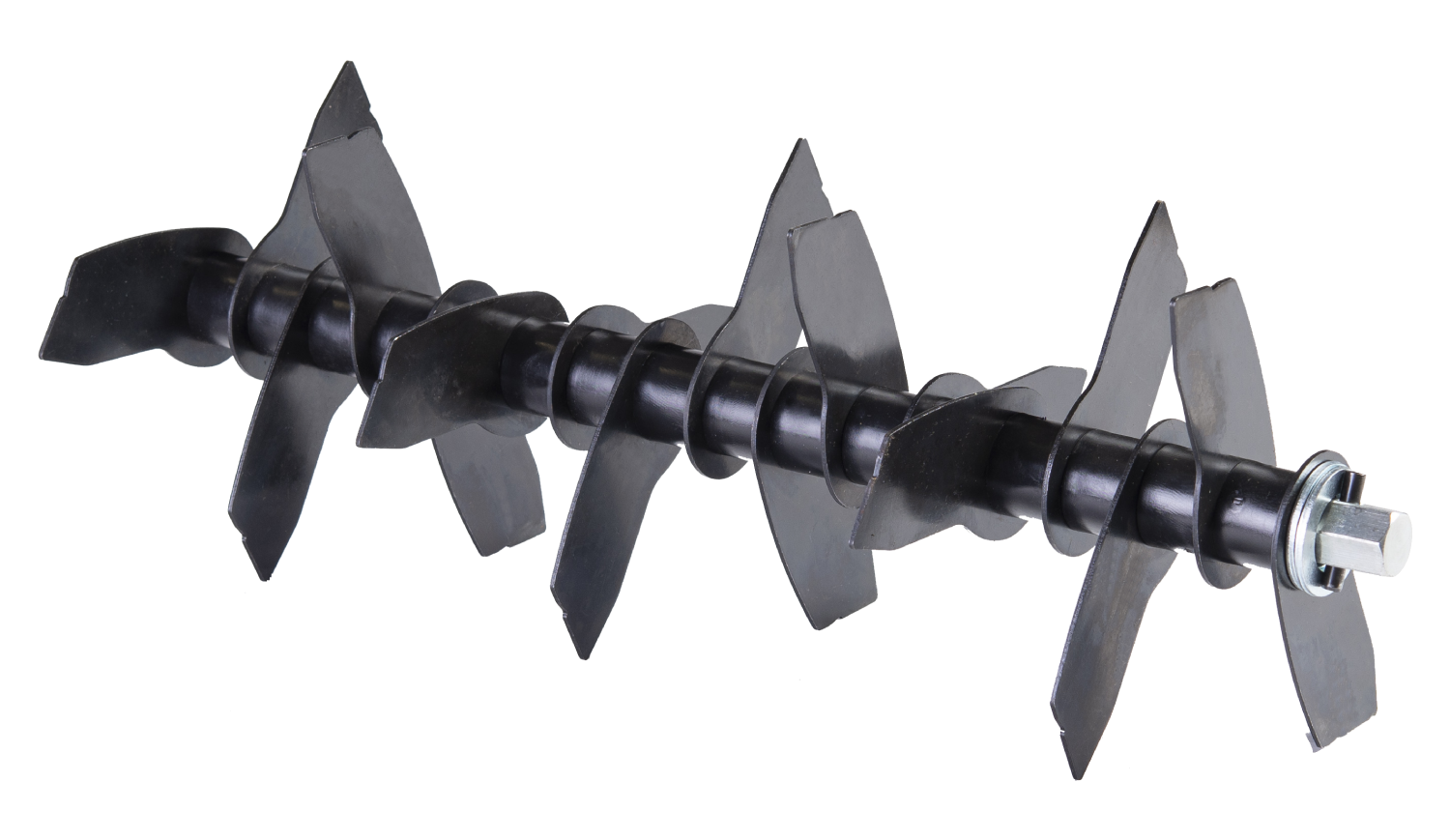

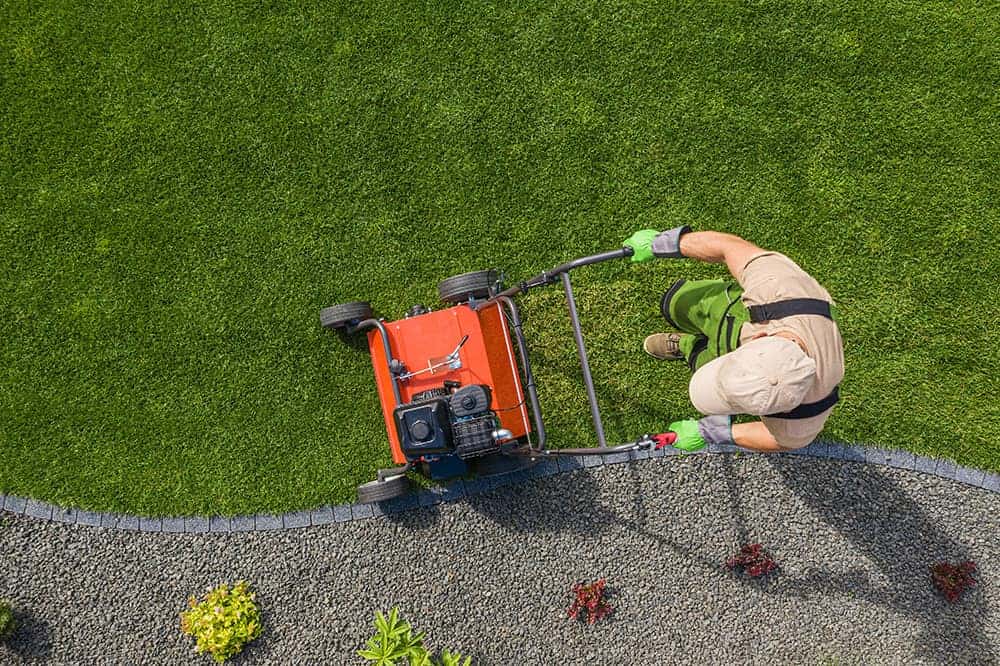
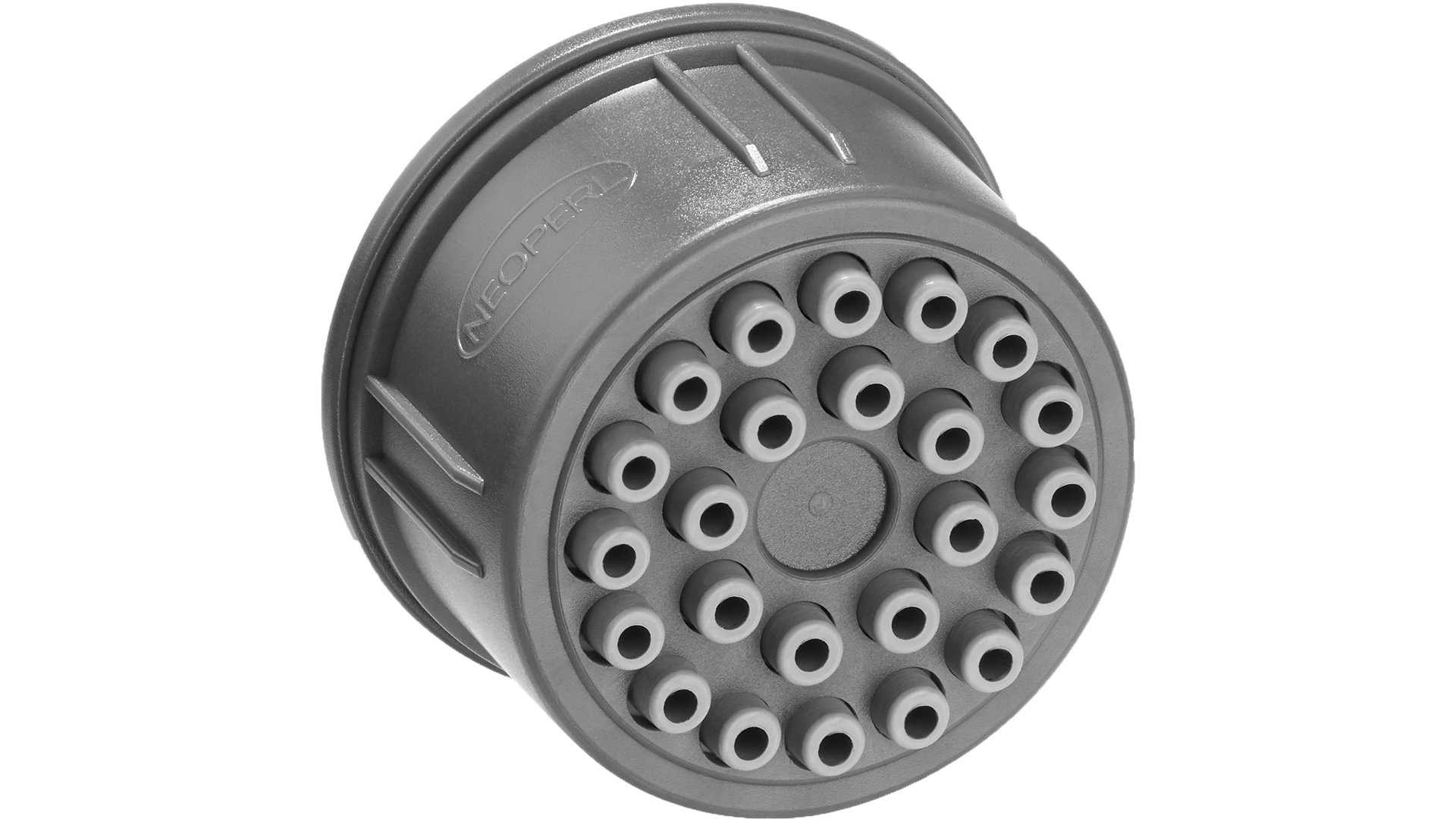
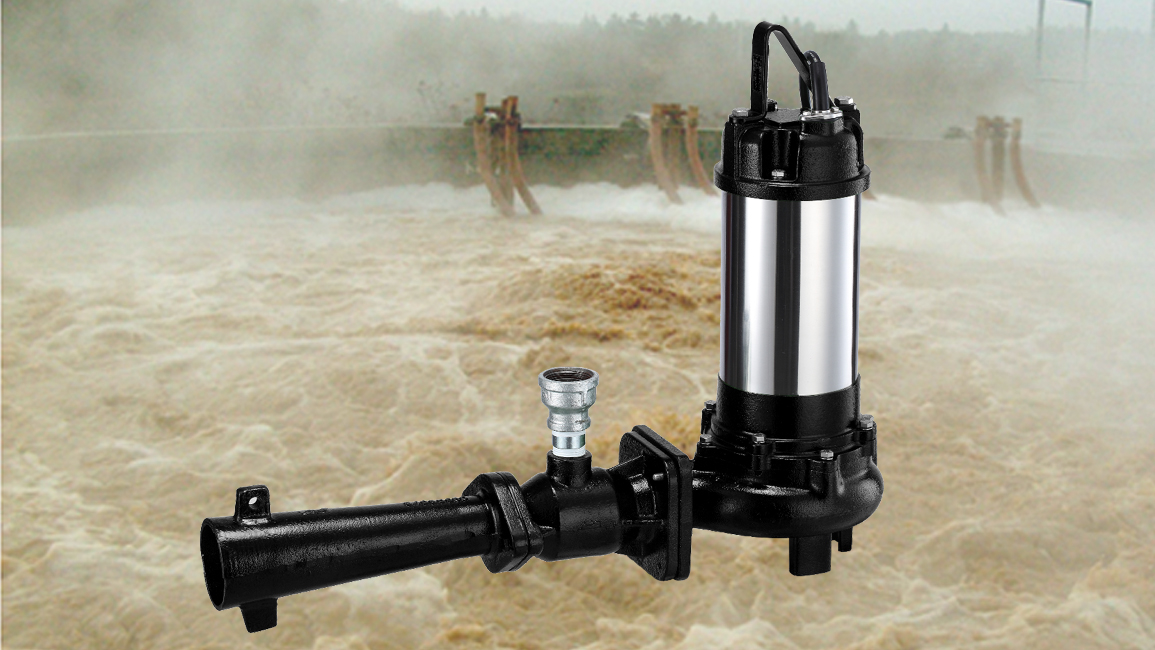

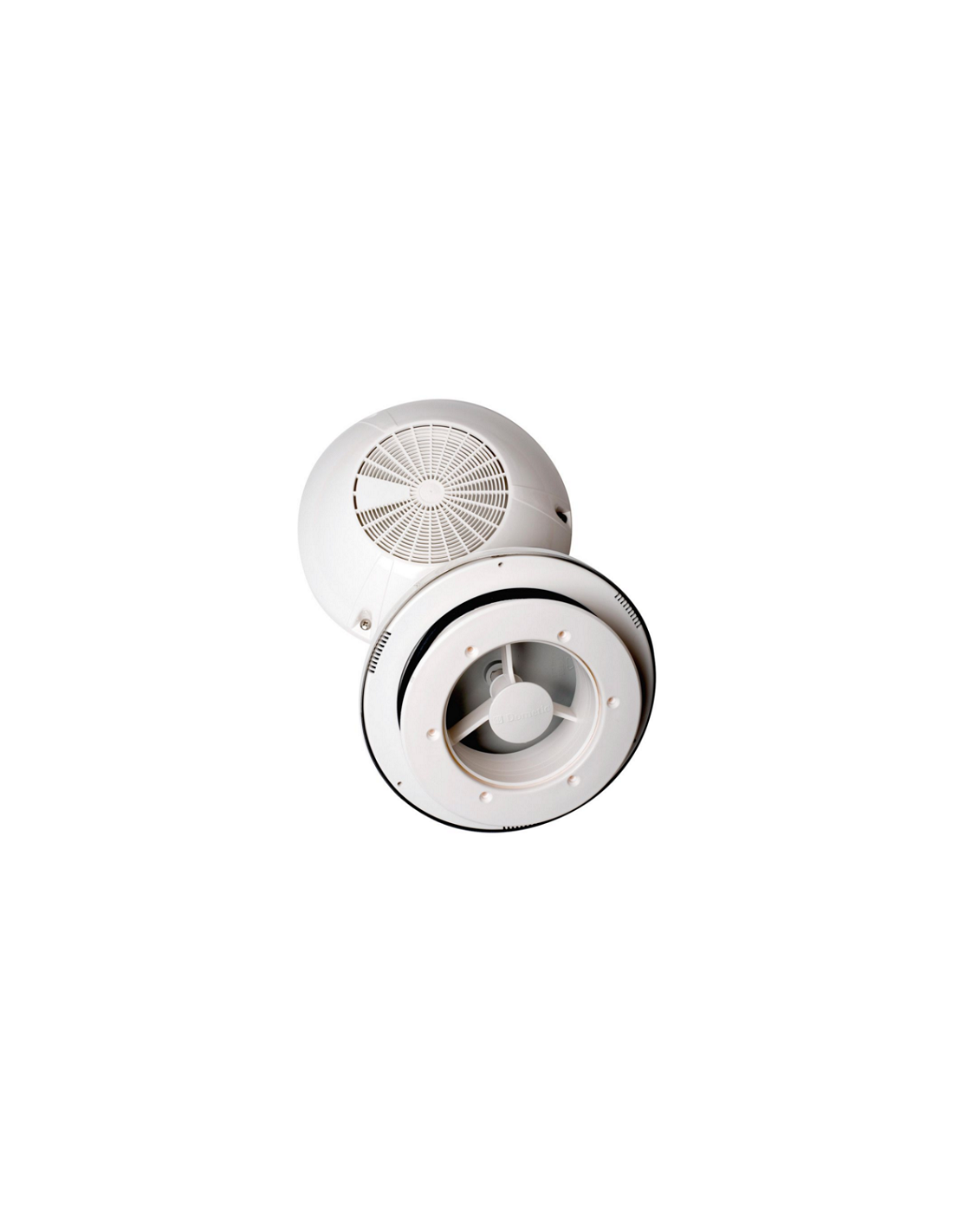




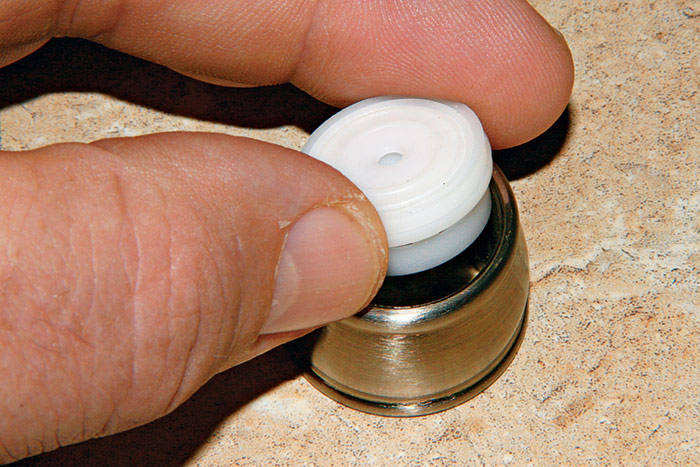
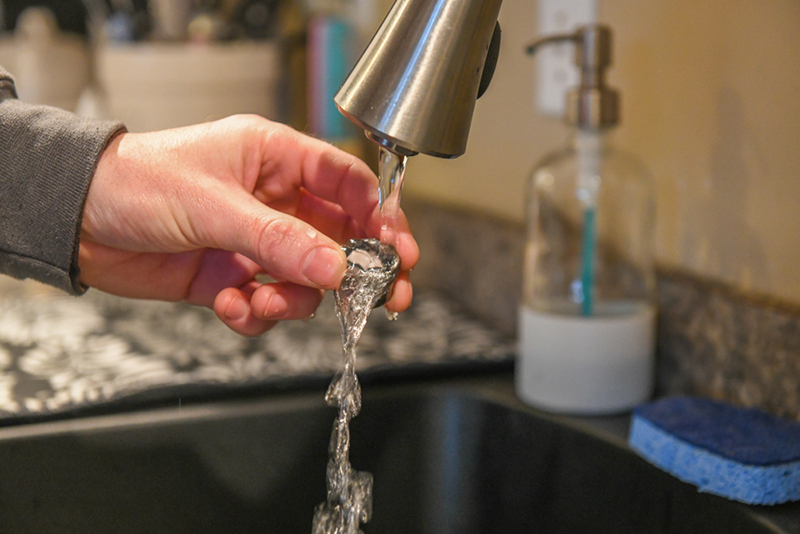
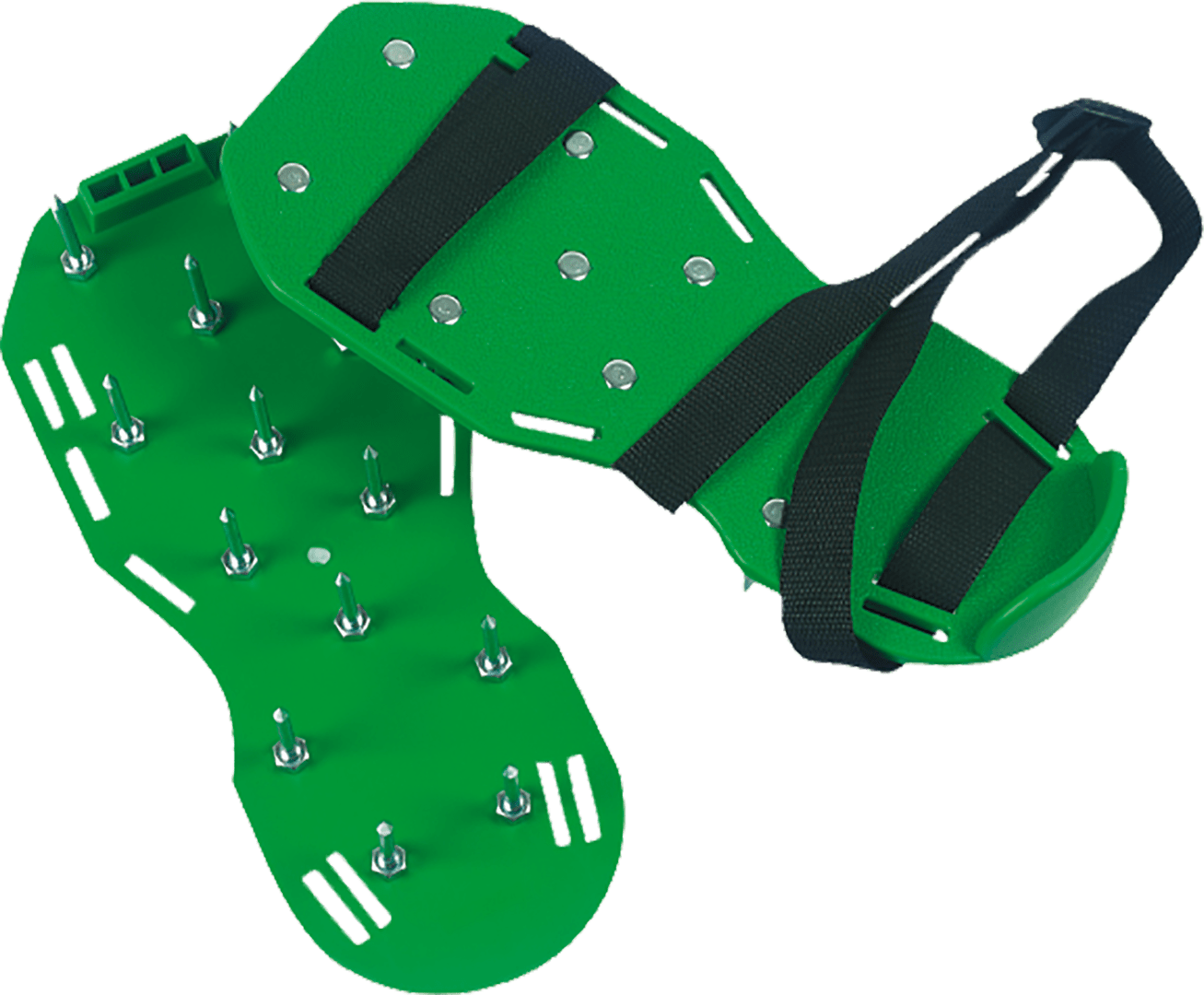
:max_bytes(150000):strip_icc()/clearing-a-blocked-faucet-aerator-2718807-07-b5a90554991f4bb69efb45a472df7f23.jpg)








:max_bytes(150000):strip_icc()/GettyImages-1057621140-78ab2e946841421d9a7efeebe02935d2.jpg)





/testing-water-pressure-in-your-home-2718692-hero-98f45508ca5d44b6b551034ac5cedab5.jpg)
